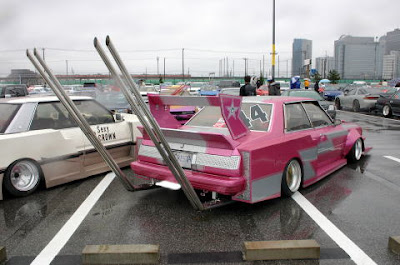<BLOCKQUOTE class="ip-ubbcode-quote"><div class="ip-ubbcode-quote-title">quote:</div><div class="ip-ubbcode-quote-content">Originally posted by MalcolmG:
I give this 5 stars for comedy value </div></BLOCKQUOTE>
I have been doing that for months with these post. Helps me filter them out.

|
|



 Reply With Quote
Reply With Quote

